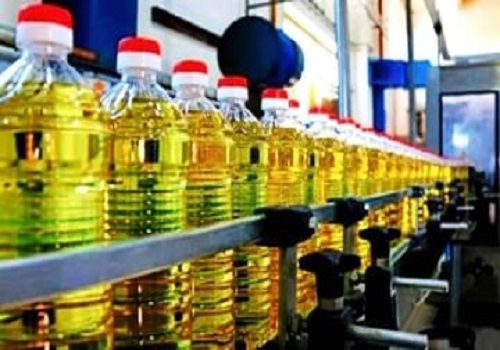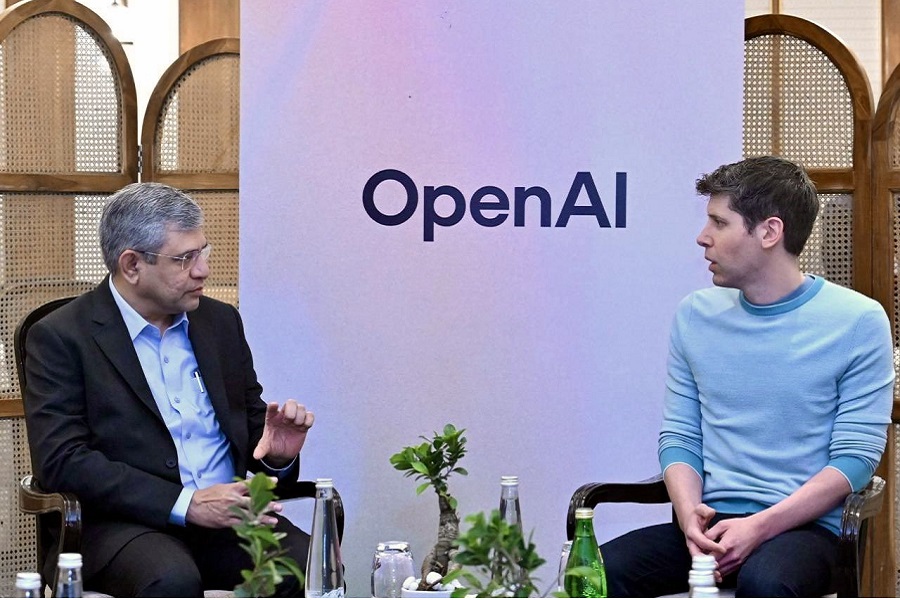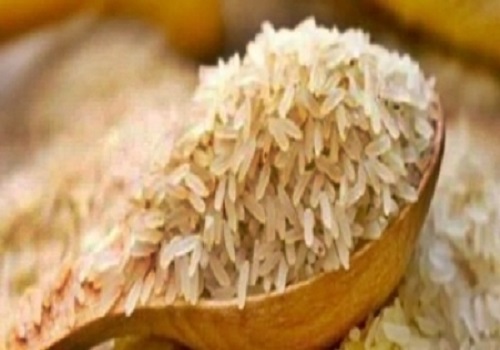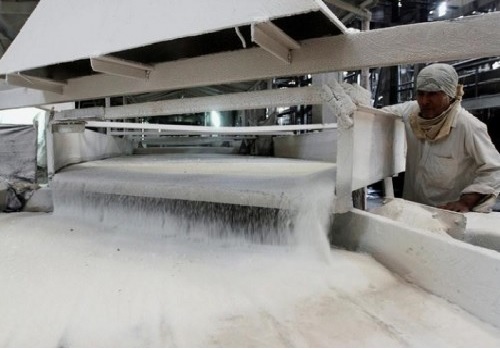India`s Sunoil Imports Chart a New Course Amidst Rising Freight Costs and Global Challenges by Amit Gupta, Kedia Advisory

India faces a potential downturn in sunflower oil imports due to a surge in prices, fueled by increased freight rates resulting from Red Sea attacks. The market shift prompts buyers to explore discounted alternatives like soyoil and palm oil, reshaping the landscape of India's vegetable oil trade.
Highlights
Decline in Sunflower Oil Imports And Price Fluctuation: On NCDEX, Sunoil prices rallied over 7% in January 2024 till date to 862 levels as India is expected to experience a decline in sunflower oil imports in the coming months. The surge in freight rates, driven by recent Houthi attacks, has led buyers to shift to alternative vegetable oils available at a discount.
Impact of Red Sea Attacks on Freight Costs: Recent attacks in the Red Sea have compelled shipping companies to reroute trade between Europe and Asia around Africa. This has resulted in increased time and costs for shipping, affecting the competitiveness of sunflower oil imports to India from the Black Sea region.
Price Comparison with Other Oils: Crude sunflower oil imports are currently priced at about $943 per tonne (CIF) for February delivery in India. In comparison, crude soyoil is offered at around $935, and crude palm oil at $933. This pricing dynamic, influenced by the rally in freight rates, is impacting the attractiveness of sunflower oil imports.
Shift in Market Dynamics: Two months ago, sunflower oil was trading at a $120 per ton discount to soyoil, prompting an increase in sunoil imports to India. However, the current pricing scenario is favoring other vegetable oils over sunflower oil.
Rise in December Imports: In December, India's sunflower oil imports more than doubled from the previous month, reaching 260,850 tons. This surge in imports was driven by favorable pricing dynamics at that time.
Comparison with Soyoil Imports: Soyoil imports in December rose by 1.8% to 152,650 tons but remained below the average imports of 306,000 tons in the marketing year that ended in October 2023. The comparison reflects the impact of changing price differentials on import preferences.
Source of Different Vegetable Oils: India buys palm oil mainly from Indonesia, Malaysia, and Thailand. In contrast, soyoil and sunflower oil are imported from Argentina, Brazil, Russia, and Ukraine. The diversification of sources highlights India's reliance on various regions for its vegetable oil supply.
Conclusion
As Houthi attacks disrupt traditional shipping routes, India's sunflower oil imports encounter headwinds, compelling a strategic shift towards cost-effective alternatives. The dynamics of global events and pricing structures continue to redefine the country's vegetable oil preferences, underscoring the need for adaptability in navigating complex market conditions. As stakeholders monitor the evolving situation, resilience and strategic decision-making become paramount for sustained stability in India's sunoil import landscape.
Above views are of the author and not of the website kindly read disclaimer
























